Disaster in Shanghai, Part 1
- By Peter Harmsen
- 9 September, 2018
- 3 Comments
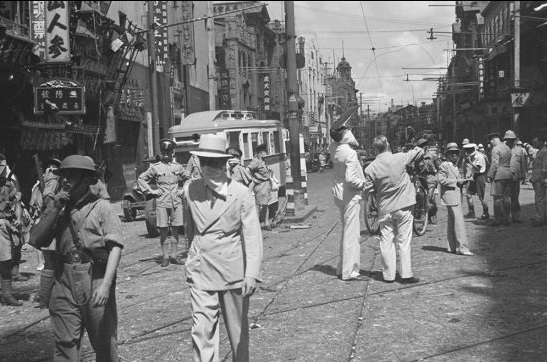
On August 23, 1937, ten days after Shanghai had become the scene of a merciless battle between Chinese and Japanese forces, tragedy struck right in the middle of the city. A huge explosion hit the busy intersection of Nanjing Road and Zhejiang Road in Shanghai’s international district, causing widespread carnage.
The blast was caused by a bomb or shell which hit the popular Sincere Department Store, gutting several floors, and also resulting in widespread damage in the Wing On Department Store nearby. According to official counts, 173 people were killed in the explosion, while another 549 injured.
“The three lower floors of Sincere’s and Wing On’s had taken the full force of steel and concussion and the full width of the huge show rooms were a confusion of blood-stained merchandise and fearsomely mutilated bodies,” the Shanghai-based North-China Daily News said. “Dead in the instant of buying, assistants lay on one side of smashed counters and customers on the other.”
Whether the explosion was caused by artillery or a bomb dropped from the air was not clear. Both sides also accused each other of being the culprit. Whichever side was to blame, Chinese or Japanese, the disaster was most likely accidental, as no one stood to gain from massive destruction in the city’s international section.
“The carnage turned the city’s most prosperous Chinese shopping district into a street of horror,” the China Press newspaper reported. Fragments of mutilated bodies were strewn about the street. Mutilated and distorted corpses, hurled by the force of the blast against walls, were piled on top of each other.” The paper reported that several of the windows had been displaying perfumes: “The smell, mingled with the smell of blood, made it so nauseating that rescue workers were compelled to tie handkerchiefs around their mouths and noses.”
The photos on this page are by one of the most prolific foreign photographers during the three-month battle for Shanghai in 1937, American-born Malcolm Rosholt. This article reproduces a small selection of Rosholt’s huge output of photos. They are brought with the kind permission of Historical Photographs of China, a project based at the University of Bristol. All photos are courtesy of Historical Photographs of China, Mei-fei Elrick and Tess Johnson.
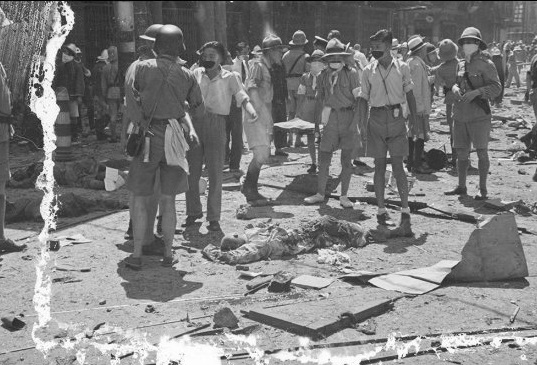
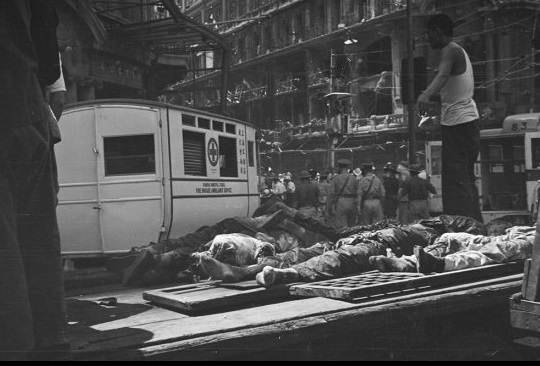
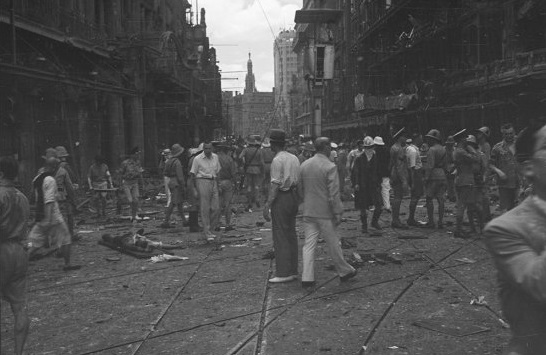

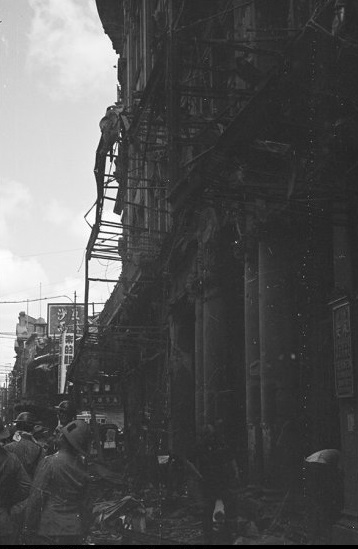
x
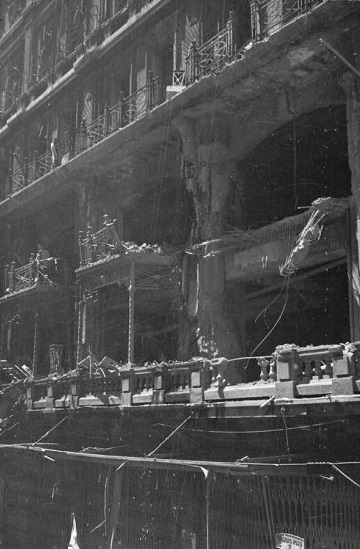
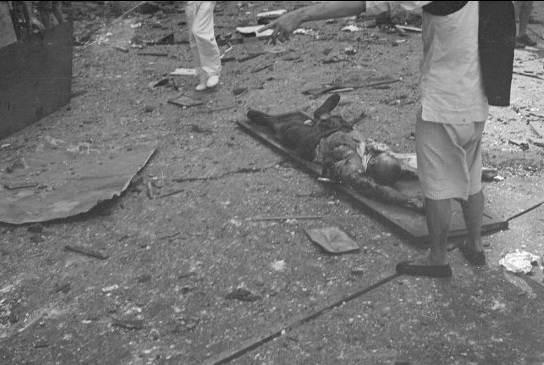



 Copyright © 2024
Copyright © 2024
Not known? Of course it’s known. This was the Chinese air force trying to bomb Japanese ships in the Whangpoo River. They screwed up and hit the Bund instead.
This was a mistake made by Chinese Air Force. There were two bombs dropped in this incident. One hit Sincere Department Store and caused 173 killed and 549 injured. The other one was a dud and crashed into the US Navy Store House nearby.
American Journalist John B. Powell mentioned this incident in his memoir, My Twenty-Five Years in China, and said that the dud bomb was made by a Czech arsenal. Since Japanese manufactured all their bombs domestically and Chinese still import lots of foreign arms, it’s no doubt that the bombs were from Chinese aircraft.
Chennault’s memoir also confirmed this incident although unintentionally. In his book, he mentioned that ROCAF pilots made a mistake and drop two heavy bombs — one exploding and one dud — on Cathay Hotel on Aug. 14, 1937. Actually Cathay Hotel and Palace Hotel across screen were hit by 3 mid-size bombs (no dud) on Aug 14th. So it’s apparent that Chennault was mentioning the bombing of Sincere Department Store on Aug. 23rd, not the bombing on Aug. 14th. It’s understandable why Chennault was confused because both incidents were on the Nankong Road at Shanghai International Settlement.
The comment(s) by readers strive to indicate that the Japs were real angels and they had clearly refrained from bombing civilians and /or public property WHILE the Chins were totally fiendish and thoroughly nefarious in their ways. Good job.